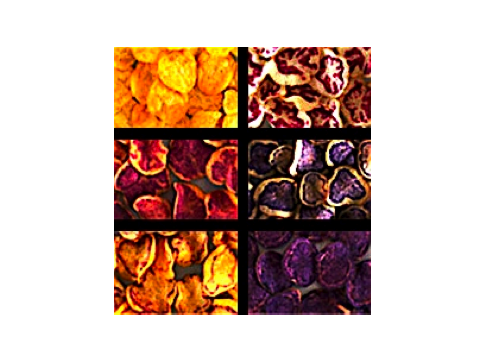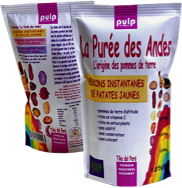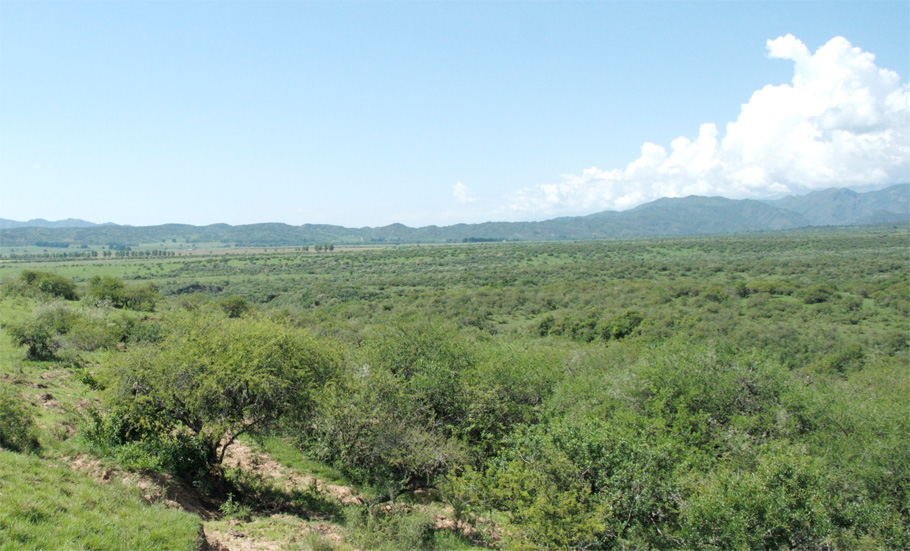
This dense scrubland was considered as bad, against breeding and agriculture. In fact it is a living treasure :
It has more than ten varieties of colibris and hummingbirds (far to difficult to get a picture of), not to mention all kind of eagles, vultures and six nest of the big condor… as well as a couple of spectacular big kari bustards of which the male is over 4 feet high. You have wild “quaras” as well, the small wild llamas and big cats “cougars” which share the territory.
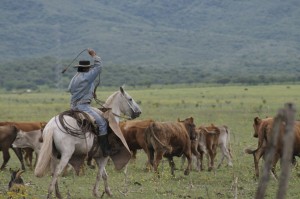
When one handle cattle, the puma can be a great help as well : the cows know how to fight it but its presence maintain it in a permanent alert and make it move. When the puma plays its’ role properly, it is a great help to avoid over pasture, while cleaning at the same time and eliminating the wounded and diseased cattle.
Nature plays its’ role. One must observe, understand and let be.
Let us come back to the richness of this chaotic place invaded by smalla acacias. First its biodiversity :
We are on the original cradle of tabocco, its’ original biome. You have taboccos of any kind and shape here and Diana who decided to stop smoking each time she picked a plant… it was a tabacco. Here are some photos of this sacred plant…
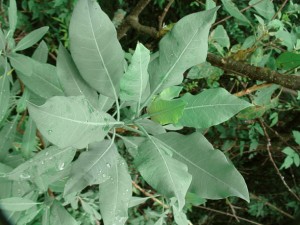
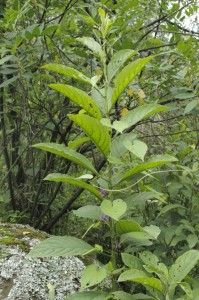
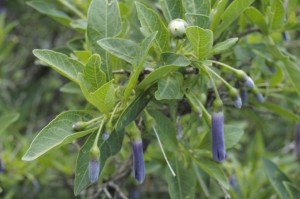
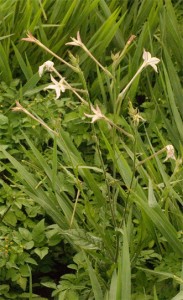
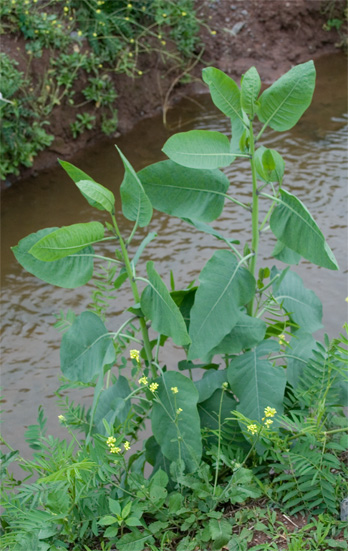
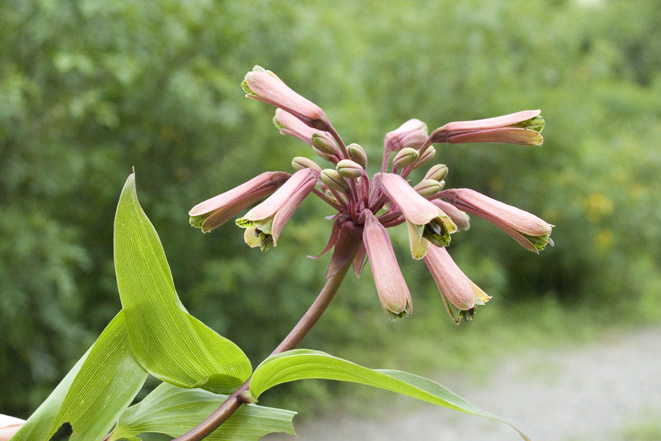
We start by this sacred plant which is intermediary between man and Gods, which intercedes for peace at the table of the angels; the plant which is pollinated by the hummingbirds. One must protect tobacco at any price to shelter the magical bird (Tobacco glauca on the high left can be smoked withou fermentation). In the US and Canada Indian tribes are trying to find back the meaning and the spirit of this sacred plant. Stop smoking to link back with the true rite of tobacco is a way to find back the foundation of their culture, their identity. This plant is man.
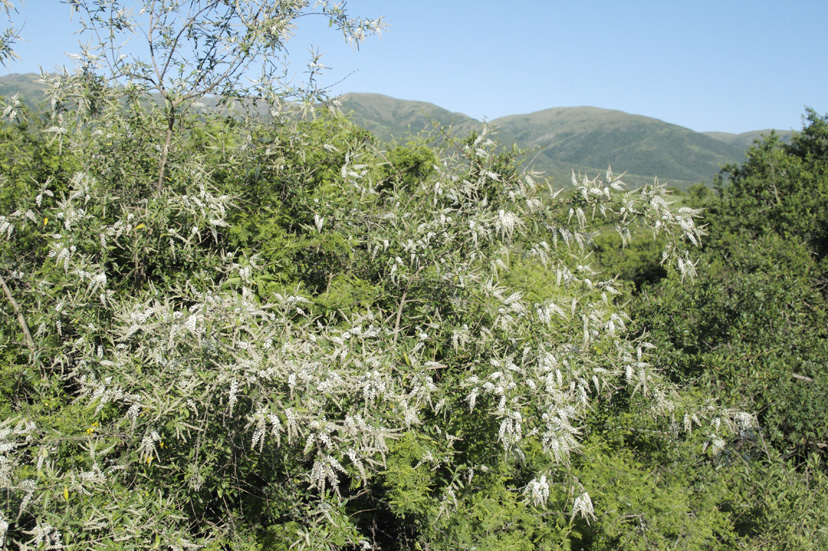
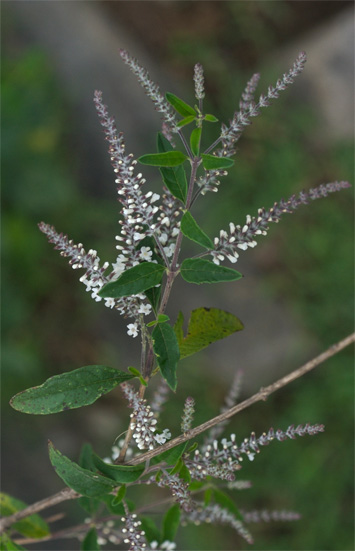
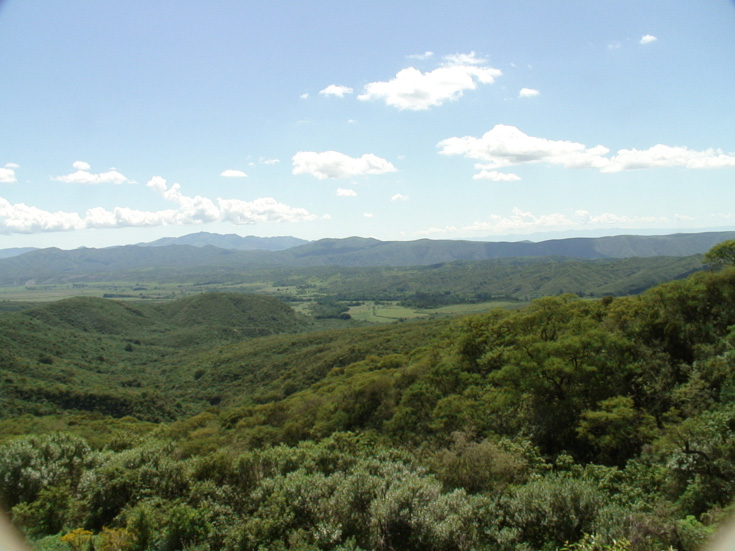
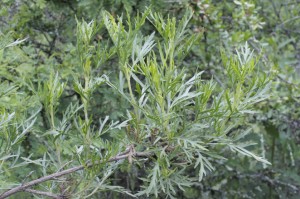
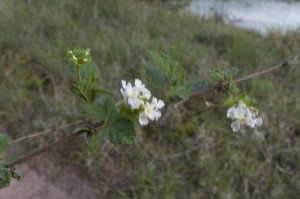
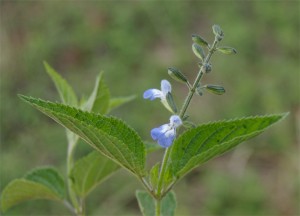
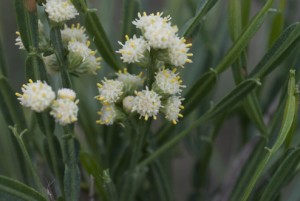
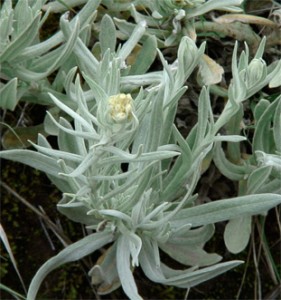
Now essential oils : first the arbustiv verveina, Aloisia sp., the one which was the fortune of the perfume maker of Grasse in France, l’Eau du Coq, l’Eau de Cologne… in the XVIII century this plant has been introduced on the banks of the Mediterranee. Here we are on the original biome, where the strength and the wide palette of the perfume expresses itself at its’ utmost. Here we are in front of tons of olfactiv treasures; production can start whenever. But it has to be with a sustainable way, to keep its’ wild strength. The essential oil must be produce with the French techniques with steam being very cautious that the oil is preserved from heat once it is extracted not to become carcinogenous. Extracts from the other plants above will be analysed with the help of the university of Tucuman to have an idea of the composition and the interest of heir essential oils.
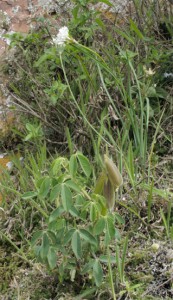
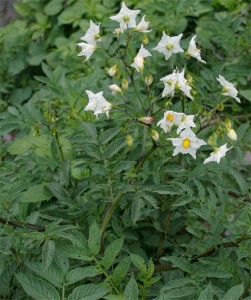
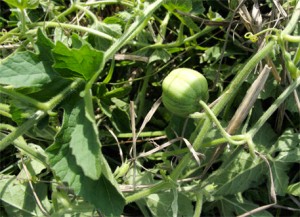
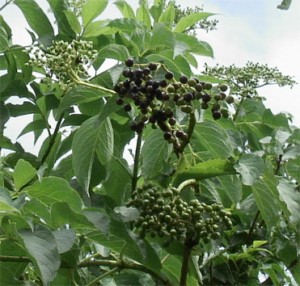
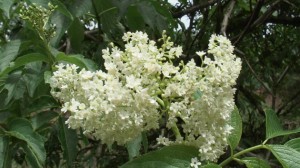
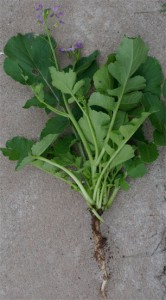
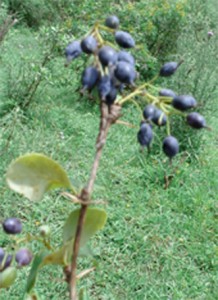
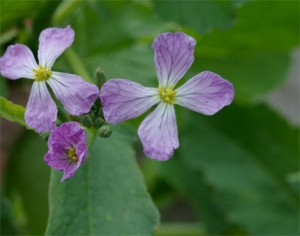
Wild food are numerous on this territory, some of them are some of the most important of all human food: the wild potato, the origine of all potatoes in the world, the wild pumpkin, wild peas, wild garlic… the Andes elder tree which is here an impressive tree, the delicious Berberis, the wild peaches, the wild radish, and among all the now famous maca of the Andes, the funny aphrodisiac turnip with its bitter chocolate taste, the most concentrated vegetable in minerals and vitamins, for which everyday there is a bigger market in the world…
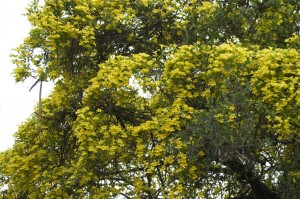
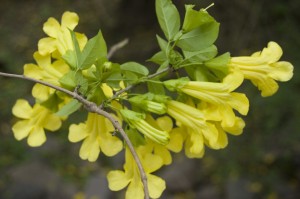
And splendour! over the top of the lapachos, Uncaria tomentosa, cat’s claw, which have the delicacy to alternate its bright yellow flowers with the pink flowers of the lapacho, the emblematic tree of North West Argentina. Both of these plants are concidered as a priority for the World Health Organisation to produce medicine against cancer. The production of these two plants can be a perfect example of permaculture.
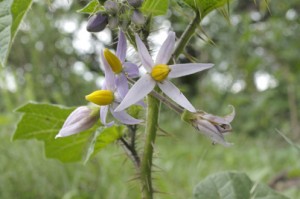
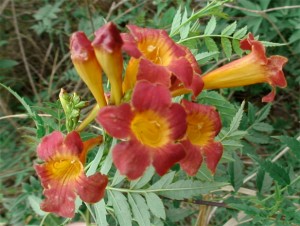
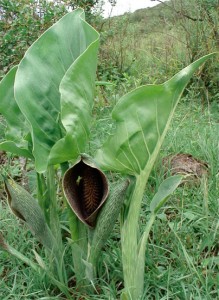
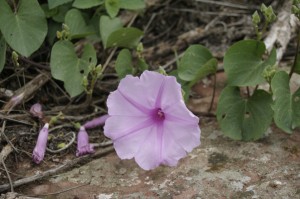
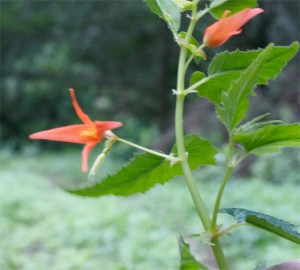
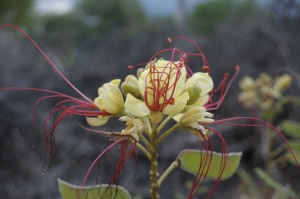
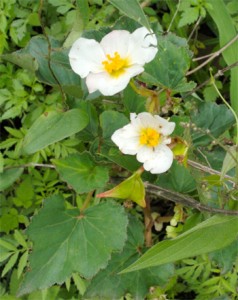
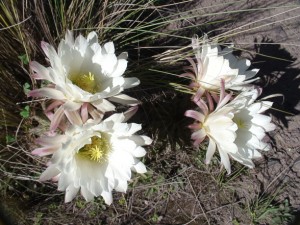
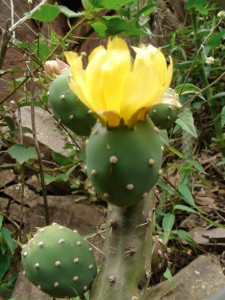
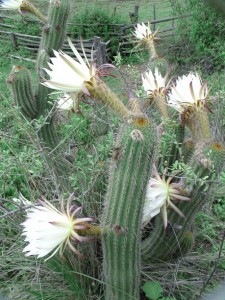
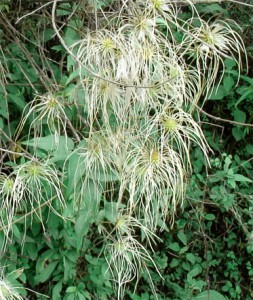
white and red Begonia, hypomeas, arum, uncarias, solenaceas, cacti, lianas, creepers… so many wild plants that we are familiar to in our European gardens. Apparently thare are many more left to be tamed…
Like this huge arbustiv jasmin, Mandevilla sp., whith its tantalizing fragrances…
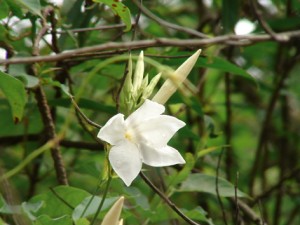
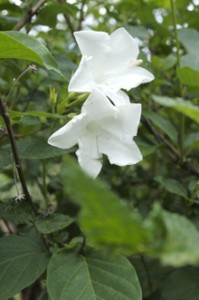
There is not only cattle, soja and cereal to be produced in the world! It seems that Argentina only knows these boaring productions. One must be attentive to nature and it will open new horizons. This is all the art of agriculture design. Create products and productions which can seduce neew markets away from the usual distributors and the standard agriculture market, insecure and unpersonal.
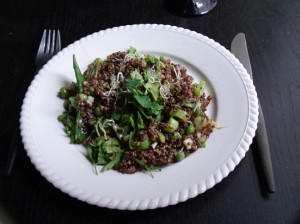
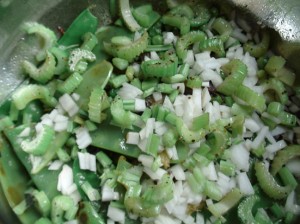
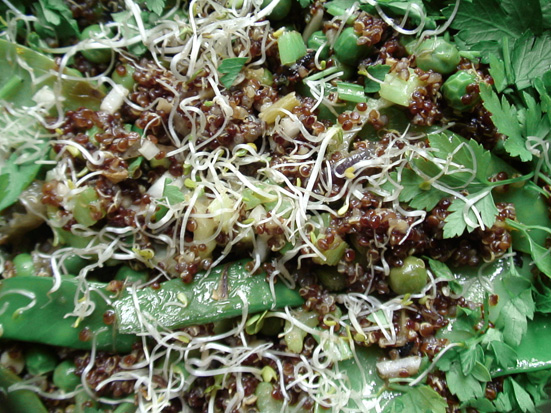







































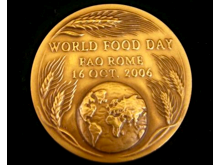 in Peru, the origin of the potato and its’
in Peru, the origin of the potato and its’ 

